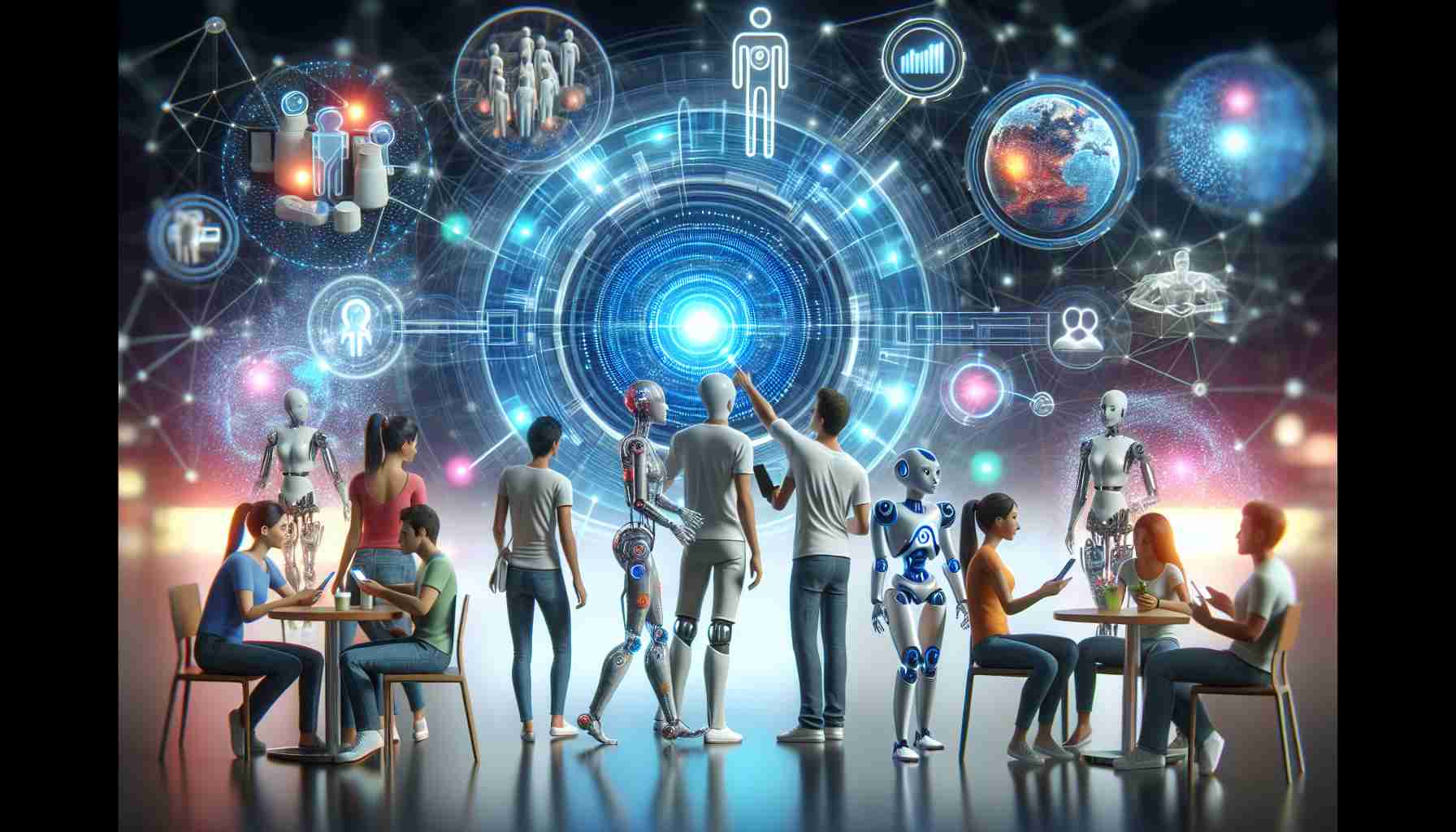Soul App Unveils Three Groundbreaking AI Features
Soul App recently stunned attendees at a tech conference with the introduction of three revolutionary AI features, marking a new era in social interaction. The platform’s commitment to innovation was evident as it showcased its latest advancements in multimodal interaction capabilities.
Under the theme of “Human Touch, Digital Heart,” Soul App revealed “Digital Twin,” “Werewolf Awakening,” and “EchoVerse”. These innovative features are designed to elevate user experiences and redefine the way individuals engage with AI technology in social settings.
Digital Twin: Redefining Socializing with Virtual Humans
“Dive into the world of Digital Twin, where users can create virtual representations of themselves for seamless social interactions,” Soul App explained. By leveraging chat records and public domain content, users can personalize their digital twins to mirror their real selves in various dimensions such as persona, image, and voice.
Werewolf Awakening: Immersive AI Gaming Experience
The introduction of AI entities in the game scenario “Werewolf Awakening” showcases the platform’s prowess in multimodal interactions. Users can engage in interactive gameplay with AI entities possessing autonomous reasoning and speech capabilities, providing a thrilling and immersive gaming experience.
EchoVerse: AI-Powered Virtual Communication
With “EchoVerse,” Soul App offers users a unique space for real-time communication with customizable virtual characters. Users can tailor the personas of these characters to suit their preferences, enabling diverse conversation styles through multimodal interactions.
Soul App’s relentless pursuit of AI integration in social scenarios is reshaping the landscape of human-computer interactions. By incorporating cutting-edge technologies and innovative features, the platform continues to enhance user experiences and set new benchmarks for social networking in the digital age.
Exploring the Future of AI-Driven Social Interaction
As AI technologies advance at a rapid pace, the possibilities for revolutionizing social interactions are expanding exponentially. While Soul App’s recent innovations have garnered attention, there are other fascinating developments in this realm that offer fresh insights into the intersection of artificial intelligence and human connection.
Key Questions:
1. What ethical considerations arise from using AI in social interactions?
2. How can AI innovations in social platforms impact mental health and well-being?
3. What role does personal data privacy play in AI-driven social experiences?
Innovative Applications Beyond Soul App’s Features
One intriguing development in AI-driven social interaction is the emergence of emotion recognition technology. By analyzing facial expressions and vocal cues, AI algorithms can discern users’ emotions and tailor responses accordingly, enhancing empathy and understanding in conversations.
Challenges and Controversies:
– Ensuring AI algorithms are unbiased and do not perpetuate societal biases.
– Balancing the convenience of AI-driven interactions with the need for genuine human connections.
– Addressing concerns about data security and the potential misuse of personal information in AI-powered social settings.
Advantages and Disadvantages:
AI innovations in social interactions offer numerous advantages, such as increased personalization, efficiency in communication, and the ability to connect with diverse virtual characters. However, there are also disadvantages, including concerns about AI replacing authentic human interactions, the risk of AI-enabled manipulation, and issues related to algorithmic transparency.
Related Links:
– Wired
– The Verge
– TechCrunch
The landscape of social interaction is evolving rapidly with AI at its core, presenting both exciting opportunities and complex challenges for users and developers alike. By delving deeper into the implications of AI innovations in social platforms, we can better understand the transformative power of technology in reshaping the way we connect and communicate in the digital age.



















